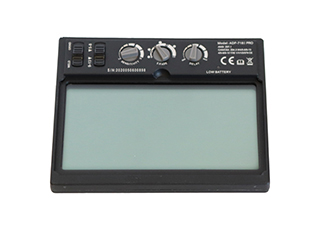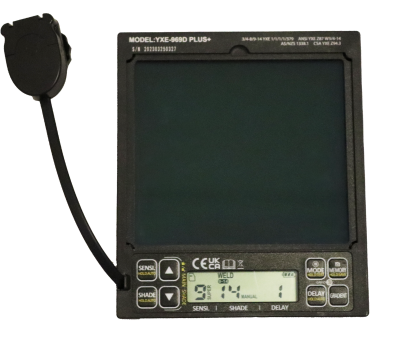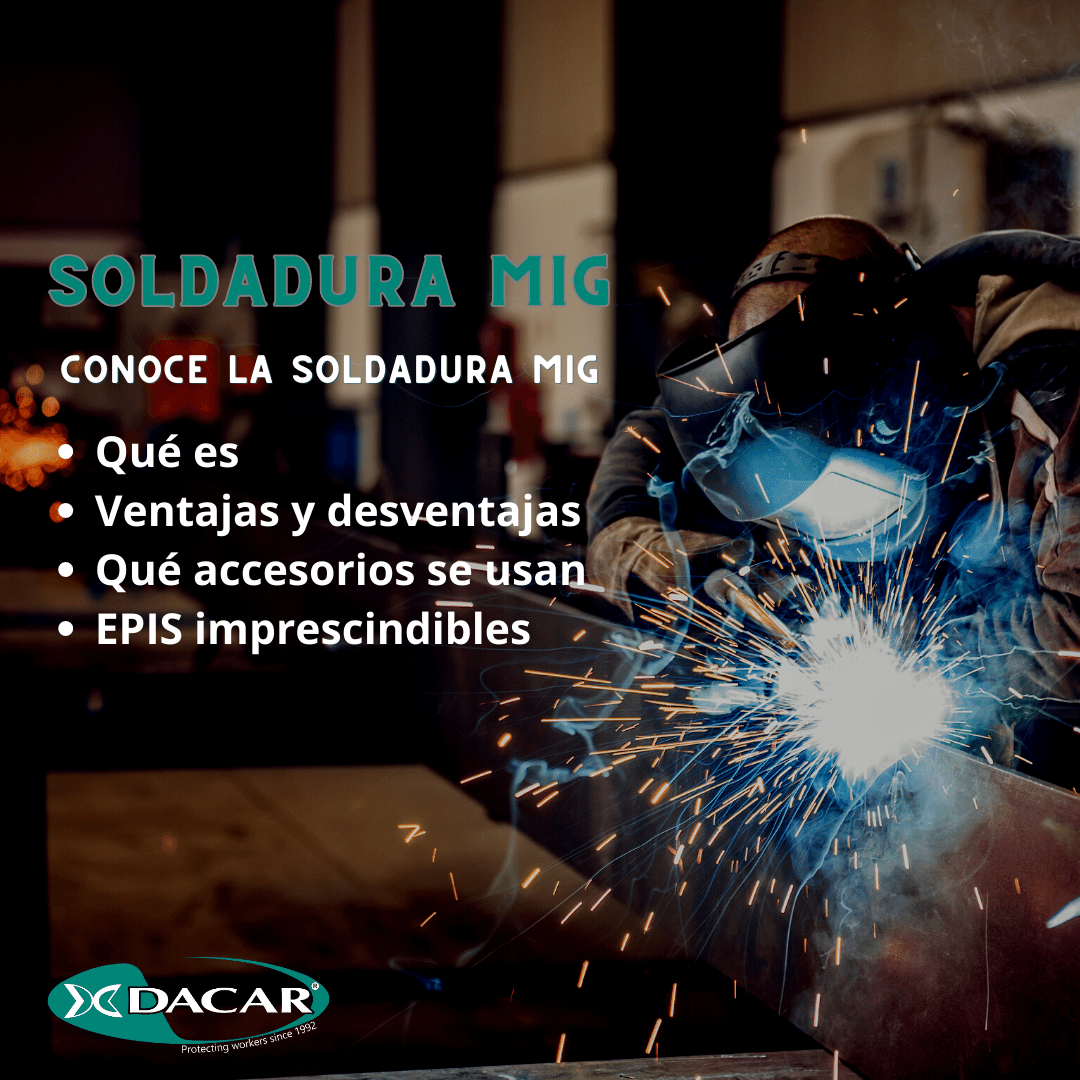The introduction of electronic auto-darkening filters to the world of welding in the early 1990s significantly increased the safety levels of workers in the industry.
What are auto darkening filters?

Unlike traditional welding lenses that only allow visibility when there is a strong emission of light on the other side, auto darkening filters (commonly referred to as electronic filters) enable welders to safely see before, during, and after welding without the need to lift the filter from their eyes, ensuring continuous eye protection against the hazardous radiation from welding. When there is no welding electrical arc, auto darkening filters are in a clear state (almost transparent), and when welding, they automatically darken to the selected shade.
Benefits of using auto darkening filters
Permanent protection
A welder cannot see through a black welding lens without an electrical arc, which is why welders often experience eye injuries such as conjunctivitis or cataracts since they have to move the lens away from their field of vision to distinguish where to make the welding point. Furthermore, choosing the wrong shade of darkness can result in inadequate filtration of harmful rays (UV, blue light, and IR).
However, auto darkening filters offer continuous filtration of harmful welding rays, regardless of the darkness shade of the filter. In other words, even if the auto darkening filter, for some reason, does not darken, its filtration is guaranteed, ensuring permanent eye protection.
More comfort
Typically, autodarkening filters are housed in a welding helmet. Thanks to the continuous visibility they provide, it is no longer necessary to lift the welding helmet when not actively welding. This also eliminates the need for the traditional “head nod” to lower the helmet, resulting in less strain on the neck and fewer cervical problems.
Additionally, the welder will have both hands free to carry out their work.
Higher productivity and quality
The fact that nowadays most welding helmets come equipped with auto-darkening filters has led to a significant increase in welder performance and cost-effectiveness.
By not having to lift the welding helmet after each weld point or bead and having clear vision at all times, the time saved is considerable while aiding the welder in precision.
Furthermore, the adaptation of auto-darkening filters allows the user to perform welding and grinding tasks without having to switch helmets, which facilitates weld inspection and enhances worker productivity.
Example of marking on an electronic welding filter
4/9-13 DAC 1/1/1/2 EN379 CE
- 4: value that indicates the light tone.
- 9-13: refers to dark tones from 9 to 13.
- DAC: manufacturer (Dacar).
- 1: optical class
- 1: diffraction
- 1: homogeneity
- 2: angular dependence
- EN379: reference standard
- CE: official logo
What else should I know about auto darkening filters?
Within the auto darkening filters there is a wide variety of models with very different prices.
There are models with a fixed dark shade (usually similar to a shade 11 welding glass) but the vast majority are of variable dark shades from shade 9 to shade 13, as the filtration of harmful rays has nothing to do with the dark shade, which is a very interesting feature for welders: everyone can choose the dark shade according to their eye sensitivity without affecting their safety. Seeing without being blinded is the only rule!
Some variable dark shade models also incorporate a second range of dark shades from 5 to 9 for polishing, plasma cutting, micro-plasma welding or autogenous welding. This feature will help to make the product more cost-effective and allow the operator to keep his helmet for multiple tasks without the need to change protective equipment.
The vast majority of electronic filters integrate a sensitivity regulator to determine the light level at which the filter darkens automatically, and a delay regulator that allows the screen to remain dark for a specified time when the light source is no longer active. This function provides protection to the user during the time it takes for the material to cool after welding, as the emitted light can still be harmful to the eyes while it remains at high temperatures.
One of the most visible advantages of some electronic filters is that the auto-darkening mode can be turned off so that the lens remains transparent and can be used as a face shield for grinding processes (GRIND mode). This option becomes more interesting with the introduction of new lenses with “True Color” technology.
While electronic welding filters initially had a greenish tone (more or less clear depending on the models) that significantly affected the perception of the weld bead and the surroundings, in recent years, technology has allowed LCD lenses to have a much clearer and neutral grayish tone, providing a much clearer view with true colors. These new lenses bring a significant revolution to the market: finally, saying that an electronic filter is transparent when not welding is almost a reality!
This new feature, combined with increasingly larger field of vision, makes choosing a welding helmet with an electronic filter the preferred option even for non-professional welders. Non-professional welders may opt for more economical models. Generally, the price of an electronic helmet will depend – always considering models that strictly comply with current legislation and standards – on the size of its LCD lens. It could be said that a larger field of vision results in a higher cost. However, the quality of components such as batteries or electronic components for the electronic filter or the materials used for the helmet’s injection molding are also factors to consider.
The selection of materials used and their quality will significantly influence the product’s lifespan and the welder’s comfort.
Choose the right welding mask
An important factor when choosing the right welding helmet is its weight. For this purpose, DACAR uses the latest generation of composite materials which not only meet the heat, projection and light resistance requirements of the EN175:1997 standard, but also offer very low weights, generally lower than most other models on the market.
Another important factor in addition to weight is the harness with MDD (Mass Distribution Device) and its efficient adjustment system (height, depth and diameter) distributes the weight of the mask evenly, avoiding tension in the neck area, which allows workers to carry out their workday without feeling fatigued. All Dacar electronic faceshields incorporate this exclusive device.




